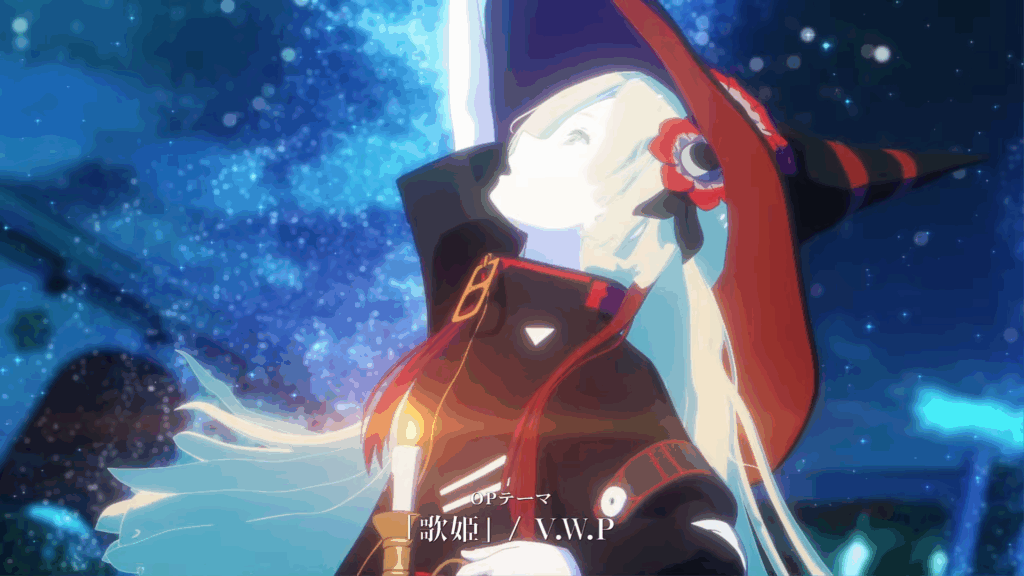In the quadro of modern anime and light novels, Kage no Jitsuryokusha ni Naritakute or I Just Want to Be a Shadow has garnered attention and admiration from fans around the world. Since its initial release as a light novel series written by an author known by the pen name "Daisuke Aizawa," the story has enthralled audiences with its unique premise, engaging characters, and captivating world-building. This article delves into the themes, characters, and the cultural significance of this rising star in the anime sphere.
A Unique Premise
At the heart of Kage no Jitsuryokusha ni Naritakute lies the story of Sid Kagenou, a seemingly average boy who harbors dreams of becoming a powerful shadow behind the scenes, manipulating events from the darkness. Unlike traditional heroes who bask in the glory of their achievements, Sid desires the anonymity that shadows provide. His unusual ambition reflects an intriguing twist on the typical fantasy narrative, where the protagonist is usually the center of attention.
The series begins with Sid’s tragic death by a truck accident, a common trope in isekai (another world) stories, only to be reborn in a parallel fantasy world. However, Sid’s experiences in this new realm allow him to go beyond mere heroism; he seeks to become a shadow ruler of a secret organization, “Shadow Garden,” fighting against a menacing enemy that he believes is merely the manifestation of his own imagination.
Themes of Identity and Power
Kage no Jitsuryokusha ni Naritakute intricately weaves themes of identity, power, and the dichotomy between light and darkness. The narrative explores what it means to be a true hero or villain. As Sid gathers companions who possess their special abilities and backstories, the story delves deeper into how each character perceives their role in society and their desire for recognition or secrecy.
The juxtaposition of Sid’s desire to remain a shadow against his undeniable strength highlights the struggles of many individuals who grapple with the expectations society places on them. In a world where being in the limelight is often seen as a mark of success, Sid’s quest for obscurity resonates with viewers who might feel overshadowed in their own lives.
Dynamic Characters
One of the series’ standout features is its cast of vibrant characters, each bringing their unique flavor to the story. From the formidable yet enigmatic members of the Shadow Garden to the various adversaries they face, each character is crafted with depth and complexity.
Characters like Alpha, a key member of the Shadow Garden, showcase the blend of humor and action that the series is known for. Her dedication to Sid and the organization’s goals, along with her own personal growth, embodies the themes of loyalty, companionship, and resilience. The dynamics between Sid and his companions add layers of relatability and emotional resonance, making viewers root for their success in the tangled web of intrigue they navigate.
Visual and Cultural Impact
The adaptation of Kage no Jitsuryokusha ni Naritakute into an anime format has heightened its popularity. Animated by Nexus, the series captures the rich, immersive world that Aizawa created through vibrant visuals, dynamic action sequences, and expressive character designs. The anime’s soundtrack further enhances the emotional intensity and thrills, resonating with the viewers on an auditory level.
Culturally, the series has sparked discussions around the concept of the “chūnibyō” phenomenon—often translated as “middle school second year syndrome.” This term describes the behavior of individuals who cultivate a fascination with the extraordinary and wish for a life beyond the mundane. Sid embodies this concept, and his escapades invite audiences to reflect on their dreams and aspirations, pushing the boundaries of realism.
Conclusion
Kage no Jitsuryokusha ni Naritakute is more than just an entertaining tale of fantasy. It invites viewers to explore fundamental questions about identity, power, and the role of the individual in society. With its engaging characters, humor, and thought-provoking narratives, it stands as a testament to the evolving landscape of anime and the stories that resonate with contemporary audiences.
As the series continues to rise in popularity, it points to a growing appreciation for narratives that challenge traditional hero tropes and delve into the complexities of human nature. In the shadows, Kage no Jitsuryokusha ni Naritakute proves that sometimes, the unseen can hold the most powerful stories.


